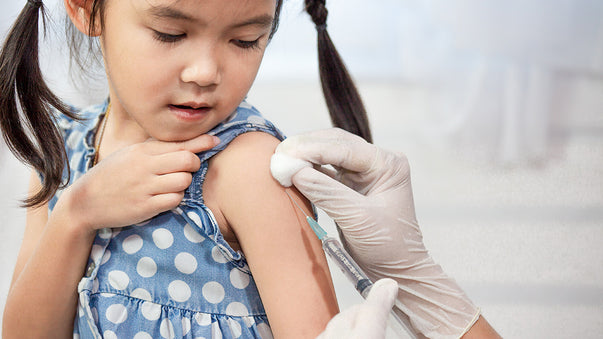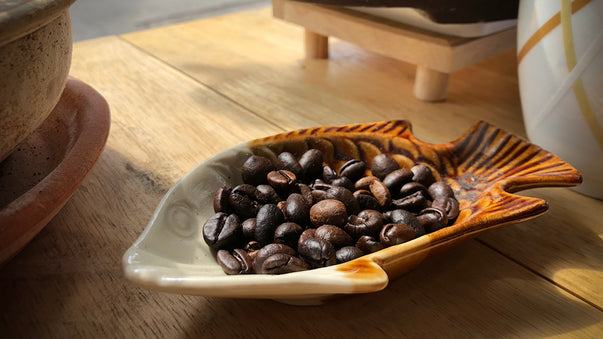Beware Fake Coronavirus News

The coronavirus is spreading but also mutating along the way. MIT Technology Review is running a story on how scientists are tracking mutations to the virus as it spreads.
“As a virus spreads, it mutates, developing random changes in single genetic letters in its genome. By tracking those changes, scientists can trace its evolution and learn which cases are most closely related. The latest maps already show dozens of branching events.”
The data is being tracked on a website called Nextstrain, an open-source effort to “harness the scientific and public health potential of pathogen genome data.”
If you are avidly following coronavirus-related news, beware that fake news also mutates as it spreads. And it accumulates evolutionary adaptations that favor its spread, as shown by a recent Carnegie Mellon University study (see below). Whether fake news goes viral or not can depend on how the original message is tweaked.
"These evolutionary changes have a huge impact," says research leader Osman Yagan in a Carnegie Mellon press release. "If you don't consider the potential changes over time, you will be wrong in predicting the number of people that will get sick or the number of people who are exposed to a piece of information."
"We showed that our theory works over real-world networks," says one of the researchers. "Traditional models that don't consider evolutionary adaptations fail at predicting the probability of the emergence of an epidemic. We're one step closer to reality."
Reading my social media feeds, I have the impression that many people are irresistibly attracted to bad news, even if fake. And, of course, all journalists and editors know that bad news sells more. But remember that, just like if something sounds too good to be true then it probably isn’t, if something sounds too bad to be true then it probably isn’t either. My recommendation to readers, for important news about the coronavirus and everything else, is to trust only serious, objective, nonpartisan sources.
How Pathogens and Fake News Spread
Researchers at Carnegie Mellon University have developed mathematical models able to analyze the spread of both pathogens and fake news, taking into account the effects of mutations along the way.
A study published in PNAS reports how the researchers developed a mathematical theory that takes these evolutionary changes into consideration.
They tested their theory against thousands of computer-simulated epidemics in real-world networks, such as Twitter for the spread of information, or a hospital for the spread of disease. The researchers concluded that mutations have a large impact on the spread of both pathogens and misinformation.
3D-Printing Tissue-Like Vascular Structures
Scientists at University of Nottingham and Queen Mary University London have discovered a new material that can be 3D printed to create tissue-like vascular structures.
A study published in Nature Communications reports that the scientists have developed a way to 3D print graphene oxide with a protein, which can organise into tubular structures that replicate some properties of vascular tissue.
The scientists are persuaded that the findings could permit easily replicating key parts of human tissues and organs in the lab for biomedical research.
Nanoparticle Curcumin Fights Alzheimer's Disease
Researchers from the University of South Australia, McMaster University, and Texas A&M University have shown that curcumin can be delivered effectively into human cells via tiny nanoparticles. Curcumin is a compound that suppresses oxidative stress and inflammation, both key pathological factors for Alzheimer's disease.
The researchers have shown, with animal experiments described in a study published in International Journal of Molecular Sciences, that nanoparticles containing curcumin not only prevent cognitive deterioration but also reverse the damage.
According to the researchers, his finding paves the way for clinical development trials.
Material Science for Neuromorphic Computing
Texas A&M University-led scientists and engineers have discovered an inorganic material able to support the neural signals responsible for transmitting information within the human brain.
A research paper published in Matter describes a neuron-like electrical switching mechanism in a solid-state “chameleon-like” material that changes with temperature or an applied electrical stimulus.
This is a step toward neuromorphic computing, or computing designed to replicate the brain's unique capabilities and unmatched efficiencies.
Molecule May Stop Telomerase and Treat Cancer
Researchers at Northwestern University have developed a promising molecular tool that targets and inhibits one of cell immortality's underlying gears: the enzyme telomerase.
This enzyme, which typically is not expressed in normal cells, is over-expressed in 90% of human cancer cells. Therefore, telomerase is the primary enzyme that allows cancer cells to live forever.
A paper published in ACS Chemical Biology describes a small molecule that irreversibly binds to telomerase, shutting down its activity. According to the researchers, this mechanism offers a new pathway for treating cancer and understanding cellular aging.
More Articles
Don't miss a beat! In our Pulse Newsletter, Thrivous curates the most important news on health science and human enhancement, so you can stay informed without wasting time on hype and trivia. It's part of the free Thrivous newsletter. Subscribe now to receive email about human enhancement, nootropics, and geroprotectors, as well as company news and deals.
Read more articles at Thrivous, the human enhancement company. You can browse recent articles in Thrivous Views. See other Pulse Newsletter articles. Or check out an article below.
-
Dr. Roberts on the Flu Shot and Coronavirus
Dr. Jordan Roberts is a Thrivous science advisor and an advocate of the flu shot. He recently sat down with ...
-
New Studies on Benefits of Caffeine and Low-Dose Omega 3
Caffeine and Omega 3 are hot topics in research. Because many benefits have been identified, research is now focused on ...


